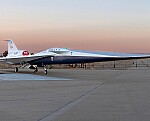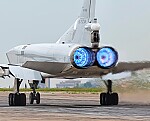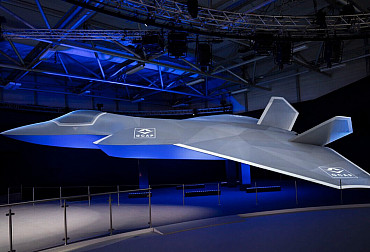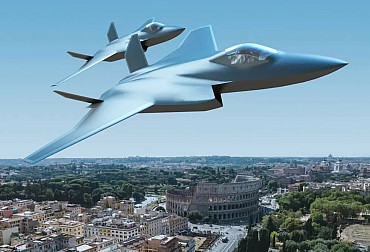U.S. military moves to restore V-22 Osprey fleet to the skies
The United States military is poised to take significant strides towards reinstating the V-22 Osprey tiltrotor aircraft fleet, with plans to present a comprehensive safety and operational strategy to Defense Secretary Lloyd Austin this Friday. This initiative emerges in the wake of a tragic accident in Japan that prompted a thorough review of the aircraft's safety protocols and operational guidelines.
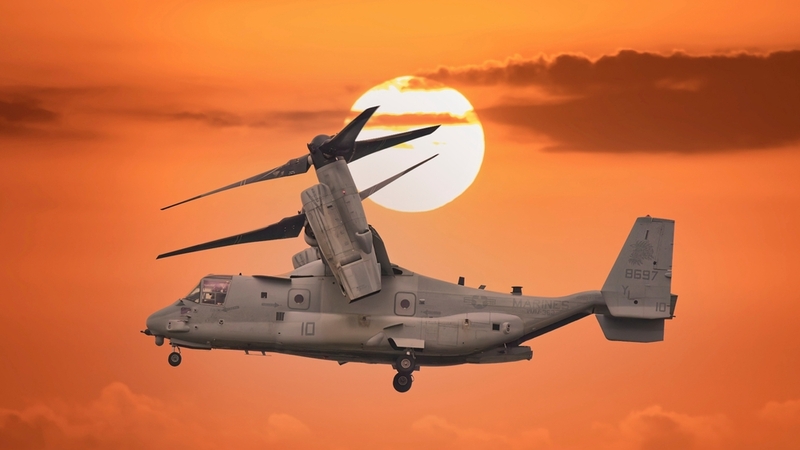
On November 29, 2023, a devastating crash involving a U.S. Air Force Special Operations Command CV-22B Osprey in Japan resulted in the loss of eight service members. This incident led to the grounding of approximately 400 Osprey aircraft across the U.S. military for 83 days, marking a significant pause in operations to reassess and enhance the safety measures of this unique fleet.
Despite identifying the component failure responsible for the crash, the exact cause remains elusive. In response, military services have developed a plan focusing on mitigating the identified risks through enhanced safety inspections and adopting a more conservative approach to the aircraft's operational protocols. These measures aim to address the immediate safety concerns while enabling a cautious resumption of flights.
Japan, the sole international partner in the Osprey program, also grounded its 14 V-22 aircraft following the incident, underscoring the global implications of ensuring the fleet's safety. The decision to return to flight operations will be made individually by each service, allowing for a tailored approach to reinstating the Ospreys based on specific operational needs and risk assessments.
The V-22 Osprey, known for its ability to take off and land vertically like a helicopter and fly like an airplane by tilting its engines, has been a versatile asset for the U.S. military. It offers rapid transport capabilities over long distances and access to challenging terrains, making it indispensable for various military operations.
The grounding has particularly affected the Marine Corps, which relies heavily on over 300 MV-22 Ospreys for its aviation missions. The Air Force Special Operations Command and the Navy, which plans to replace its C-2 Greyhounds with CMV-22 Ospreys for carrier onboard delivery tasks, have also felt the operational impact. Additionally, the presidential fleet, utilized for transporting White House staff and security personnel, has been affected since December 6, 2023.
A limited number of Marine Corps MV-22s stationed in Djibouti have been exempt from the grounding since January 17, demonstrating the essential role these aircraft play in mission-critical operations.
The decision to ground the fleet was not made lightly, reflecting deep concerns over the safety of this aviation platform. This move came after another fatal Osprey crash in August, which claimed the lives of three Marines, adding to the historical challenges the program has faced since its operational debut in 2007.
The path to reinstating the Osprey fleet involves not only addressing the technical and safety aspects but also ensuring that aircrews regain their proficiency. The extended grounding period has implications for flight safety, necessitating a minimum of 30 days to restore crew readiness for operations.
As the military prepares to brief Secretary Austin, the focus is on balancing the operational benefits of the Osprey with the paramount importance of safety. The upcoming plans represent a critical step towards restoring this crucial capability to the U.S. military's aviation assets, with an emphasis on ensuring the well-being of the service members who operate and rely on these aircraft.



